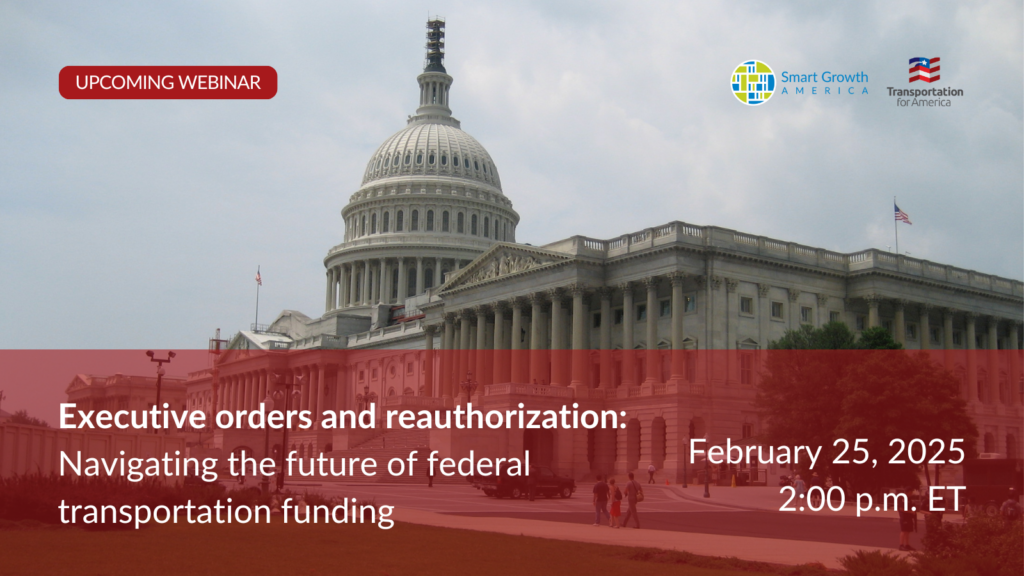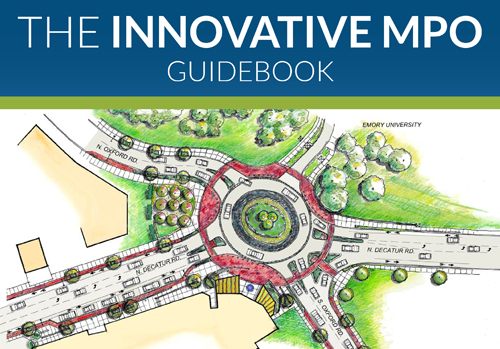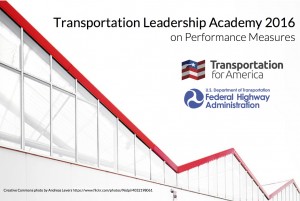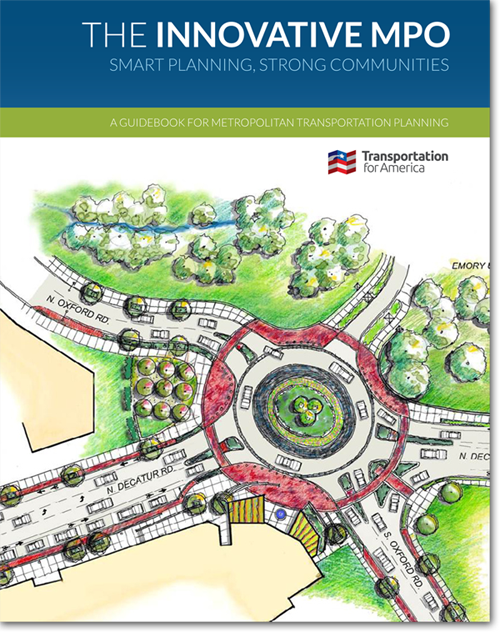
How MPOs can save money and improve safety by adopting complete streets policies

As we continue unpacking the helpful material contained in our Innovative MPO guidebook, our fifth webinar in the series coming up on December 3rd will take a closer look at how metropolitan areas (MPOs) can actually reduce costs and improve safety for their residents by adopting complete streets policies and using those policies to help select projects.
Register here to reserve your spot for this discussion on Thursday, December 3rd at 3:30 p.m. EST. We’ll be discussing a portion of our Innovative MPO guidebook which offers practical examples that civic organizations and MPOs can use as they consider adopting Complete Streets polices.
Streets that are safe and attractive — for drivers, cyclists, and pedestrians of almost all ages and ability — make communities stronger and more economically competitive.
As Smart Growth America and the National Complete Streets Coalition have already demonstrated, designing and building safer, complete streets is a cost-effective strategy that can bring great returns against small amounts of spending — in addition to other positive returns like more people walking or biking, improved health, fewer pedestrian fatalities and injuries, fewer traffic collisions, and even improved traffic flow — all of which also have real price tags whether we realize it or not.
A growing list of towns, cities and metro areas are attempting to capitalize on their streets as economic assets and boost the bottom line by building safe and efficient connections between residences, schools, parks, public transportation, offices, and retail destinations. Complete streets policies are one powerful way to make this happen, but as many of you public officials and planners out there may know, it can be challenging to move forward on changing current practice in your community.
To that end, join experts from Transportation for America (T4A) , the National Complete Streets Coalition (NCSC) and the Mid-America Regional Council (MARC) from the Kansas City region, whose case study is highlighted in the Innovative MPO. Learn how your communities can reduce cost in their transportation planning process and improve community safety by adopting Complete Streets policies in their project selection criteria.
With federal money at their disposal and the ability to determine how regional transportation projects are selected, MPOs are well positioned to bring complete streets into the process.
Don’t miss this webinar on Thursday, December 3rd at 3:30 p.m. EST.
If you haven’t already gotten your copy, go and download your free copy of our Innovative MPO guidebook which offers practical examples, advice and lessons from other MPOs across the country.
Download Do you work at an MPO or at the metro level as a planner, board member or elected leader?
Do you work at an MPO or at the metro level as a planner, board member or elected leader?
We’ve extended the deadline, so applications are still open for a new yearlong training academy for leaders in metro regions that are hoping to learn more about the emerging practice of performance measurement. Does that sound like something you’d be interested in?
Find out more and apply today.
Don’t forget to send a letter to FHWA supporting proposed changes to street design guidelines
While on the topic of complete streets, a reminder that The Federal Highway Administration (FHWA) has proposed easing federally-mandated design standards on many roads, making it dramatically easier for cities and communities of all sizes to design and build complete streets that are safer for everyone. This proposal is open for public comment and they’re waiting for feedback, so if you haven’t done so already, please join us in sending a letter of support to FHWA today.




